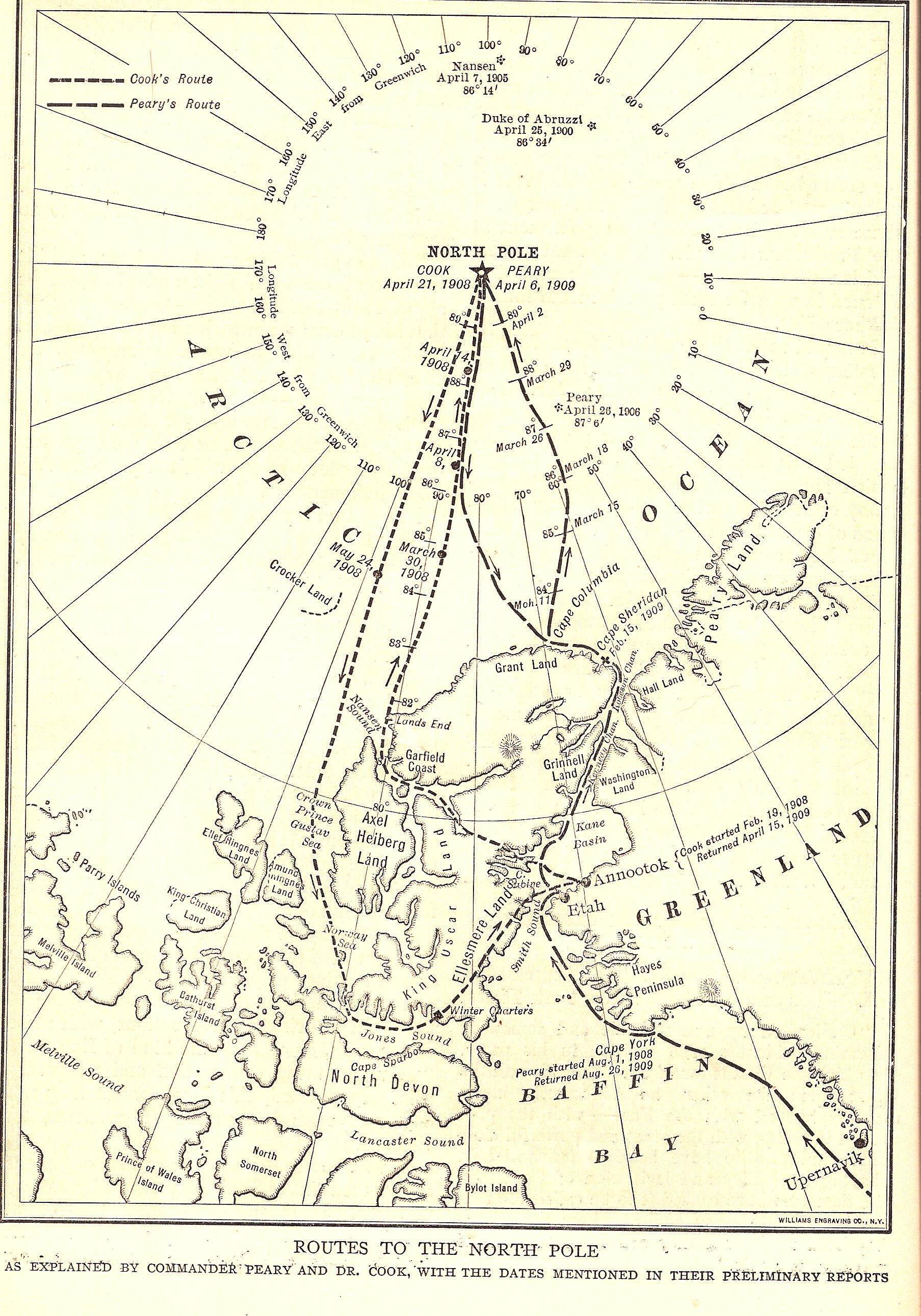-
Henry Ford and the Assembly Line
It was on this day in history, December 1, 1913, that Henry Ford introduced us to the mass production of the American automobile. Ford installed the first moving assembly line that succeeded in mass producing all the parts necessary to make a complete car. His inspiration was modeled after the continuous-flow methods that were used in the production of flour, beer, canned goods and also seen in Chicago’s meat-packing plants. However, the concept had its origin several hundred years prior in Venice’s ship building industry, where they used pre-made parts and an assembly line. The Venice Arsenal factory managed to produce nearly a ship a day! It is the first…
-
The History of Money
The objects of value that have served as forms of currency, have gone through considerable change over the past 10,000 years. We began with a barter system, where traded services and resources resulted in an agreed upon exchange of mutual advantage. In fact, individuals, organizations, and governments still prefer to use the barter system of exchange in some cases. In 9000 – 6000 B.C with agricultural based communities, cattle and other livestock (sheep, camels, etc.) are the first and oldest forms of money. The use of grain and other vegetable or plant products became standard forms of barter in many cultures. The first use of cowries, the shells of a…
-
Lincoln’s Gettysburg Address
President Abraham Lincoln delivered, on November 19, 1863, a military dedication during the American Civil War. His dedication at a military cemetery in Gettysburg, Pennsylvania was to become one of the most famous speeches of all time. Though only 272 words long, Lincoln’s address moved the public in its reminder of the necessity of the Union’s fight to win. Just four months prior to his speech the Battle of Gettysburg was waged. It was the bloodiest battle fought in the Civil War killing more than 45,000 men in just three days time and the point at which General Robert E. Lee retreated from Gettysburg in defeat. It was the last Confederate invasion…
-
The Mayan Collapse
New evidence into the mysterious cause of the extinction of an ancient empire. Description of photo: The interior of Yok Balum cave in Belize, where scientists harvested a telltale stalagmite The agriculture-based Mayan Civilization occupied the Central America region, what is now know as Guatemala, and the surrounding area, beginning in 1,800 B.C. They were known for their magnificent stone monuments; the last one erected before their collapse was the Kukulkan pyramid in Chichen Itza, Mexico. The Mayan culture experienced a remarkable expansion, which has been studied and evidenced in architectural, political and textual artifacts from what is known as the Classic Period, until its decline beginning around 800 AD. Just…
-
First Veterans Day Proclamation
On October 8th, 1954 President Dwight D. Eisenhower issued the first Veterans Day Proclamation. It was on June 4, 1926, that Congress passed a resolution to observe the anniversary of the end of World War I, Nov. 11, 1918. In 1938, before the holiday was known as Veterans Day, Congress made Nov. 11 a legal holiday called Armistice Day.

